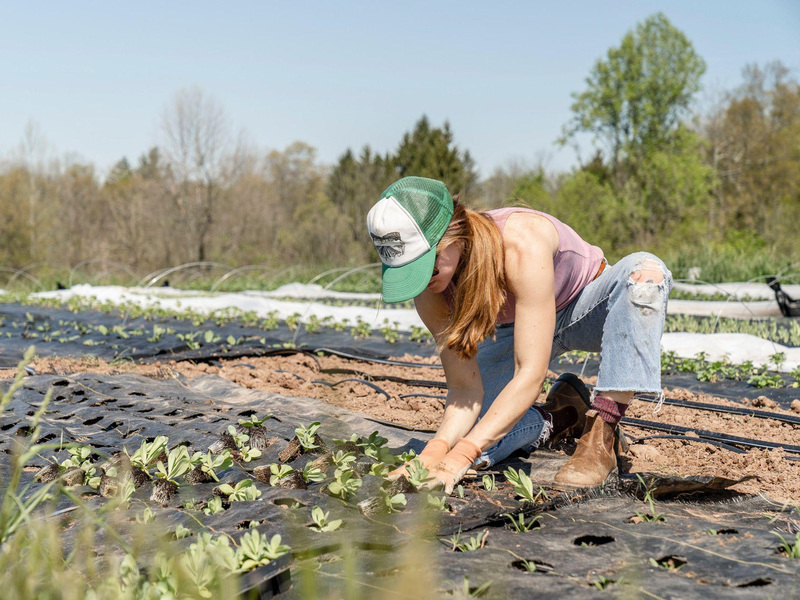With skin cancer rates soaring, we need new protection strategies

Outdoor workers are at high risk for skin cancer given high levels of sun exposure.
New cases of skin cancer are growing globally and in Canada. Each year 6-7,000 new first-time melanomas will be diagnosed in Canada. Additionally, approximately 80,000 new non-melanoma skin cancers are found. Outdoor workers are at a much higher risk of this preventable disease. They average six times the recommended maximum sun exposure, with some workers facing twenty times the recommended maximum sun exposure. While Canadian occupational health and safety law protects workers in this scenario, employers and workers struggle to find meaningful and effective prevention strategies.
Professor Thomas Tenkate, from the School of Occupational and Public Health at Toronto Metropolitan University, has launched a project to help employers and employees solve this problem.
“I do a lot of the work in skin cancer prevention in Australia and worldwide. We’d like to implement some of these initiatives in Canada. Previous projects have focused on employee responsibility. However, as Canadian law places the burden of workplace safety on the employer, we hope that will help us be more effective in our prevention approaches. Apart from our previous Sun Safety at Work (external link) Canada project, there are limited resources to support employers who want to implement better sun-safety practices,” said Tenkate.
Tenkate is now working on an app that will trial the effectiveness of personalized messaging. “There are many apps out there, I’ve downloaded many of them, and the challenge is people begin to ignore generic messages over time. We’re doing something different and exploring personalized messages with outdoor workers in Saskatchewan.”
Tenkate’s system won’t just remind people to apply and reapply sunscreen. “We want to go much deeper than that. Sunscreen is very important, but it’s not perfect. Our first line of defense is to keep the sun off of people’s skin and use comfortable, breathable, light-weight uniforms that cover more of the workers' skin.” Some of his recommendations, like long pants, have become well accepted, but longer sleeves, and face and neck protection, even with specialized light fabrics are taking more time. “We’ve recommended hard hats with brim extensions to protect the face and neck from the sun. Construction workers, for example, have higher sun exposure because they often work with reflective surfaces,” he said. “Small changes, like lunch breaks in the shade, dramatically reduce sun exposure.” He has a whole range of tips. “We want to prevent skin damage which is a precursor to skin cancer. All tanning is skin damage and a precursor to cancer.”
“If we think about the efforts we put into preventing asbestos exposure to prevent mesothelioma, sun safety interventions are much easier, cheaper, and can have a much larger impact. If we look at environmental and workplace-related causes of cancer, cases of skin cancer are higher than the other leading causes -- asbestos, crystalline silica and diesel exhaust combined. Every dollar we invest in skin cancer prevention will save eight in health care costs, so this is well worth the investment.”
“Outdoor workers are exposed to very high levels, well beyond recommended safety limits of UV radiation from the sun. When we compare this to worker exposure to chemicals we have clear over-exposure of the limits,” he said.
The personalized messaging will be tested on a group of 150 outdoor workers in Saskatchewan. Professor Tenkate recently received a Canadian Cancer Society/CIHR Action (external link) grant for this work.